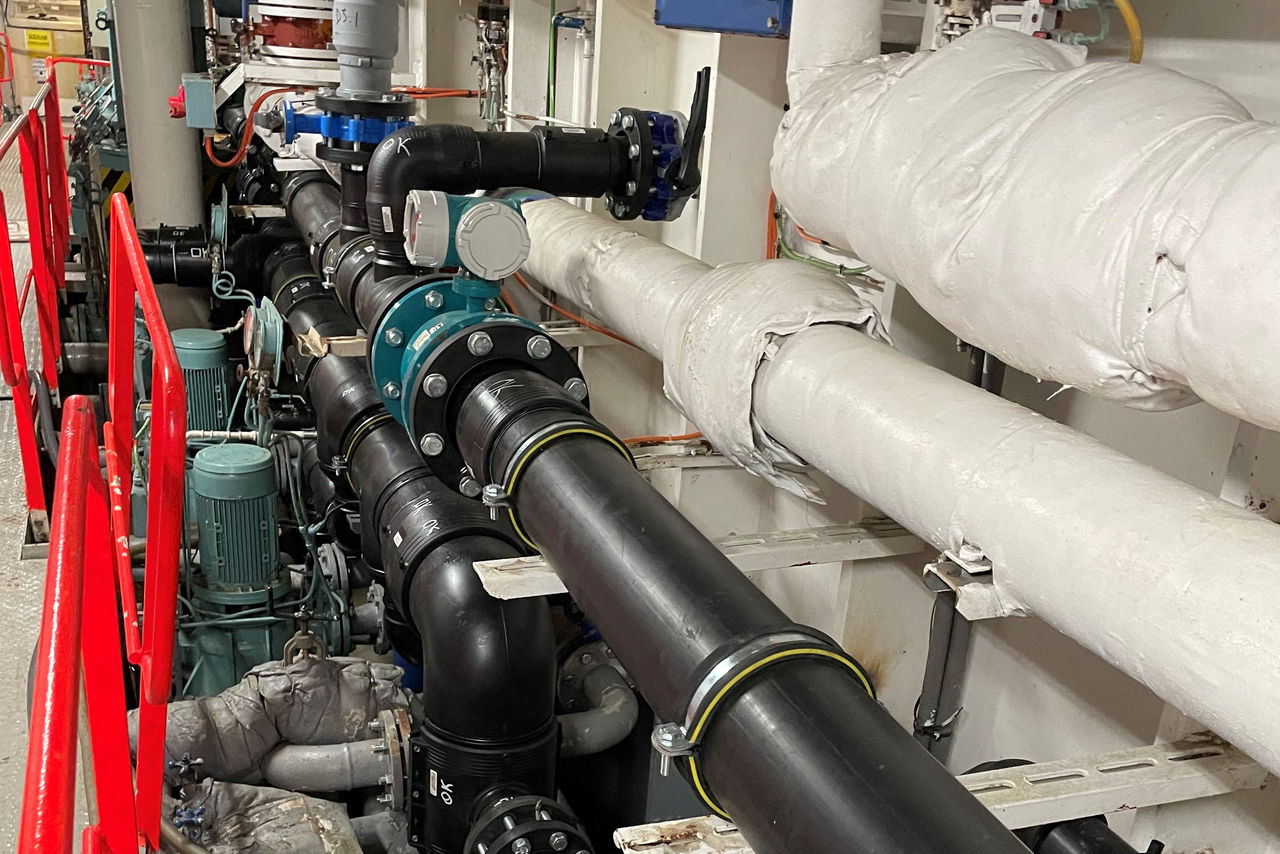Marine Piping Solutions for Sustainable Sea Transport
We are committed to enabling the safe and sustainable transport of water, gas, and chemicals at sea that are compliant with the latest regulations. Our teams develop application-oriented thermoplastic piping solutions for essential- and non-essential applications that enable fast and easy installation, profitable operations, and environmental benefits. We support our customers in implementing sustainable, future-oriented, and well-designed piping concepts with state-of-the-art planning techniques to optimize the economic efficiency of processes.







